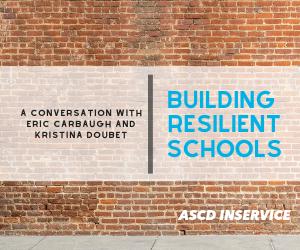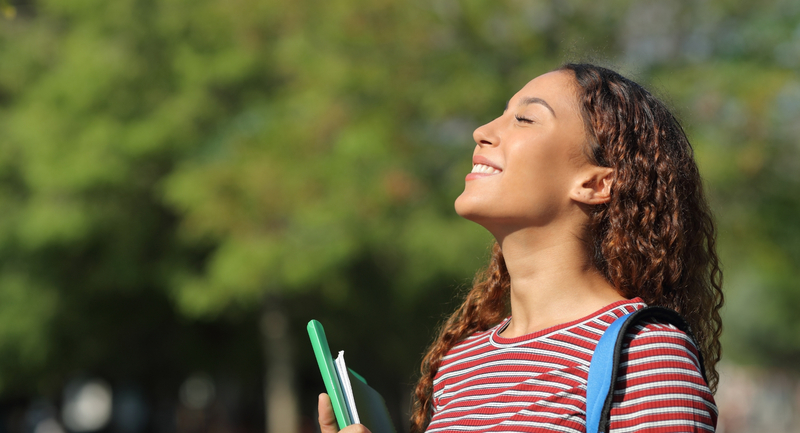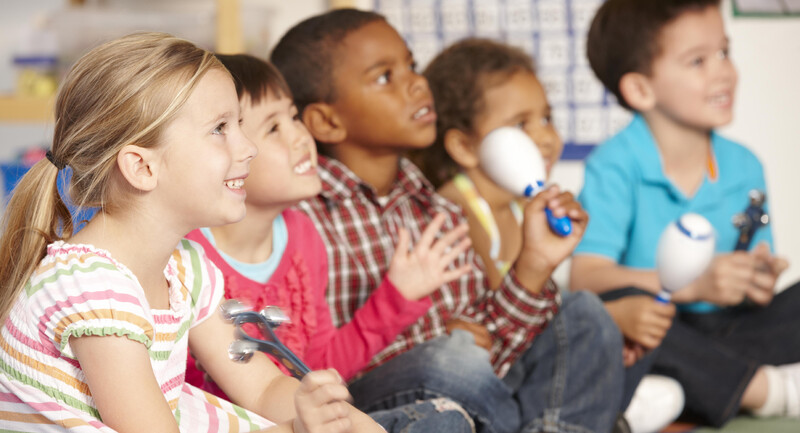Students are struggling more than ever, says educational psychologist Michele Borba. They’re lonely, depressed, and surprisingly risk averse. In her latest bestselling book, Thrivers: The Surprising Reasons Why Some Kids Struggle and Others Shine, Borba identifies seven "teachable traits”—self-confidence, empathy, self-control, integrity, curiosity, perseverance, and optimism—that can make students healthier and more resilient.
Borba, who will be a keynote speaker at the 2023 ASCD Annual Conference, says “we have to do a reboot” to address this post-pandemic mental health crisis.
Building character is a bit of a long game. What’s a starting point for helping students become more resilient?
We know that their stress level is high. And unless they can reduce that stress, it will wreak absolute havoc. In my work training the Navy Seals, they taught me that the best strategy for keeping your cognitive abilities high is to be able to identify your stress signs. That could be nothing more than having students put a 3x5 card on top of their desks and just tuning into themselves. Ask them to pay attention to and jot down notes on their body’s signs that warn stress is building. It may take students a couple of months of reflection and practice, but they will start to notice what their body is doing before they have a meltdown. Maybe that's one starting point.
The second, which is absolutely critical, is teaching students to take a one-two breath as soon as they feel stress coming on. It’s one of the fastest ways to get people to relax. I love this practice because it can be done with kids of any age—from 4-year-olds to 18-year-olds.
The bottom line is that as a teacher, you know your students best. What do your students need, particularly your struggling ones? Build those strengths that will make your students healthier, happier, and more productive. That’s how we're going to raise up a stronger generation.
In your book, Thrivers, you make a clear distinction between being a “thriver” and a “striver.” What’s the difference?
A thriver to me is a kid who says, I got this. They're willing to go the whole nine yards. They don't let everything get in their way. Most likely, they’ve been taught a set of skills for building resilience—and they use them when it counts. Many of those skills are lying dormant with our kids right now because they haven't been exercised enough.
A striver is a little different. They're glorious kids, but they don't end up going the whole nine yards. Something gets in the way, and they usually quit or give up. They don't work to their full potential. That's a tragedy for a child's confidence level.
Is striving a bad thing, especially in an academic context?
Striving is never a bad thing in any context because what you're trying to do is get each kid out of their comfort zone and into the learning zone—and not fall into the panic zone where they completely give up. Every child has their own strengths and abilities, but one of the things we do know is that the majority of the time, parents focus on their kid’s deficits, their weaknesses. They're pushing them hard. And so many kids are telling me that their biggest concern is disappointing their parents. So that comes into play in terms of that anxiety and stress that's building for our kids.
We have to do a reboot. Our children have been primed for good test scores—and they're doing quite well. They're a very well-educated and smart group of kids. Their IQs are going up, but their skillsets in terms of handling the next bump in the road aren’t. This generation is going to need to be resilient.
How can educators help build these skillsets?
The best schools and classrooms I’ve visited are ones where everyone is on board—where, for example, they decide to work on developing self-control, but not in a generic way. They’ll introduce one-two breathing to students—taking a slow, deep breath and then exhaling twice as long as the inhale—then have them do it every day. They might carve out 30 seconds or one minute for one-two breathing at the start of each class period. So, it's every day, several minutes a day, where every kid is exercising the same skill until it's sustained. And I think that’s when we get a gold star as educators—when students draw on these skills at recess or out on the playground or at the drinking fountain without us.
Many teens are telling me, “We don't learn this stuff in a health unit. We don't learn this stuff on a worksheet. The one thing you have to do is help us practice and practice and practice until we can do it without you.” I mean, those are teens telling me that. It just means as educators we have to find ways to weave it in.
That’s when we get a gold star as educators—when students draw on these skills at recess or out on the playground or at the drinking fountain without us.
A lot of your work focuses on high-achieving students. When these students are under immense pressure from their parents, what can schools do to counteract that pressure?
The first thing we need to do is realize that parents are out of tools themselves. Even last night, I was on a Zoom call with parents and several of them broke down crying because they desperately want their kids to be happy and succeed, but they don't see that happiness and success isn’t achieved through a GPA. Parents need to help their children find their strengths and assets.
Think about what the majority of your students need—like learning to chunk a task or set a goal or manage stress. And then each month put that one skill on your school’s website. If you really want parents to look at the website, then record and post videos of their kids doing the skill.
In your EL article, “Future-Proofing Students,” you say “human skills” are key to preparing students for an unpredictable future. In the age of AI and technology like ChatGPT, what are the one or two human skills most likely to be needed in the future when AI becomes even more widespread and powerful?
Empathy, empathy, empathy. We have to make sure that we stay human in our connections with each other. The more we look at screens, the more our empathy goes down, the more our stress builds. Ironically, we dial our empathy down to protect ourselves, which can lead to burnout. So, focusing on that alone is absolutely critical.
Next to empathy, I believe curiosity is essential for an AI world. To be able to think outside the box and to anticipate, “OK, what's my plan B?” To really be open to ideas and possibilities. The fascinating thing I discovered in my research is the multiplier effect. You put any two strengths (or traits) together, they multiply the outcome. So, what you really need is empathy and curiosity together. That’s what's going to make you innovative.
Navigate the World of Artificial Intelligence and ChatGPT
Dive deeper into AI and learn how to navigate ChatGPT in schools with curated resources and tools from ASCD and ISTE (International Society for Technology in Education).
Dive deeper into AI and learn how to navigate ChatGPT in schools with curated resources and tools from ASCD and ISTE (International Society for Technology in Education).








